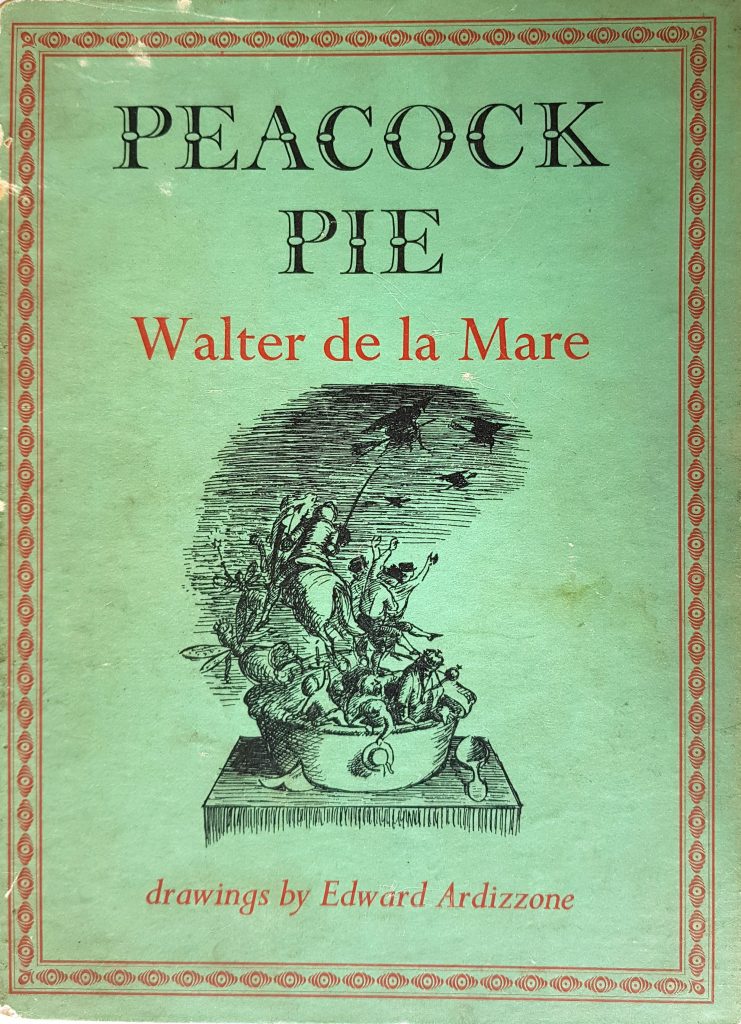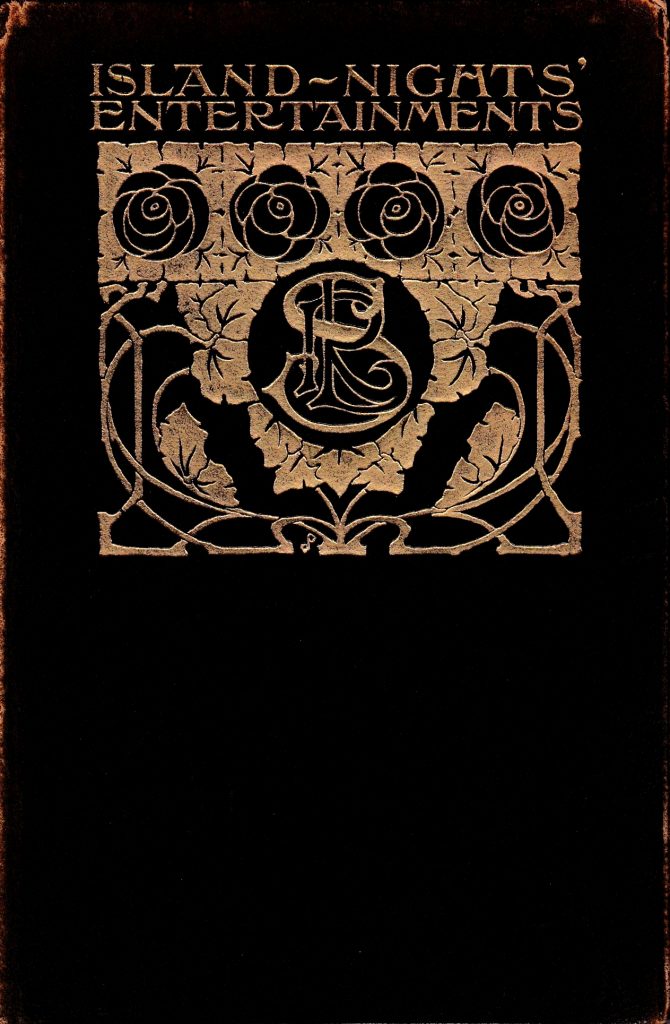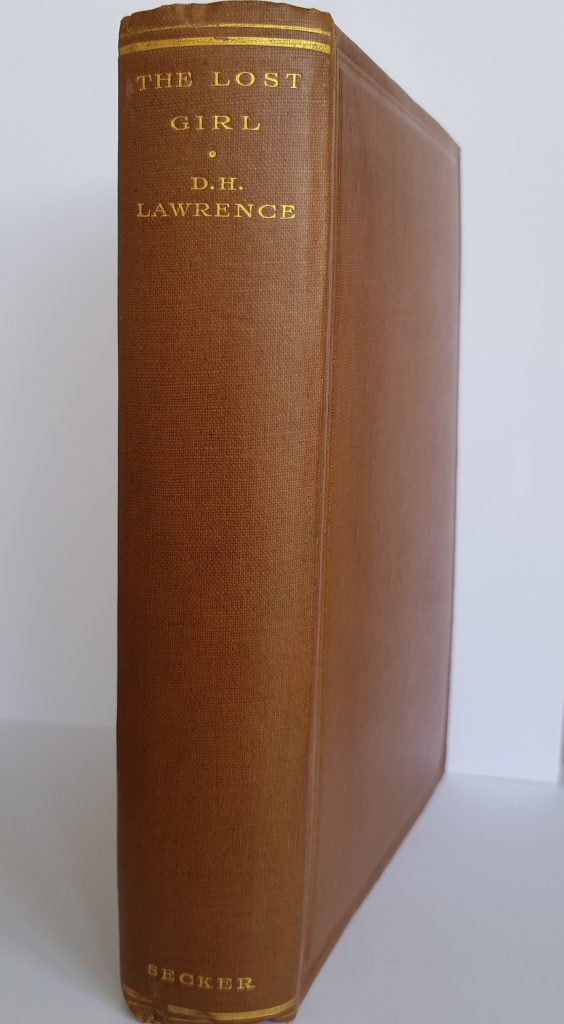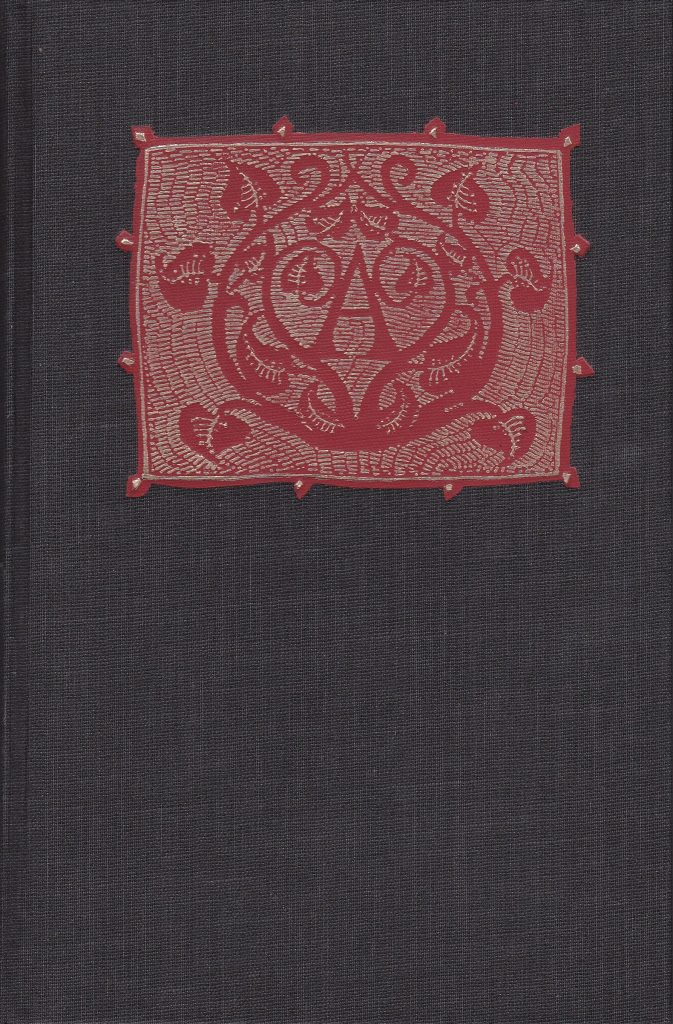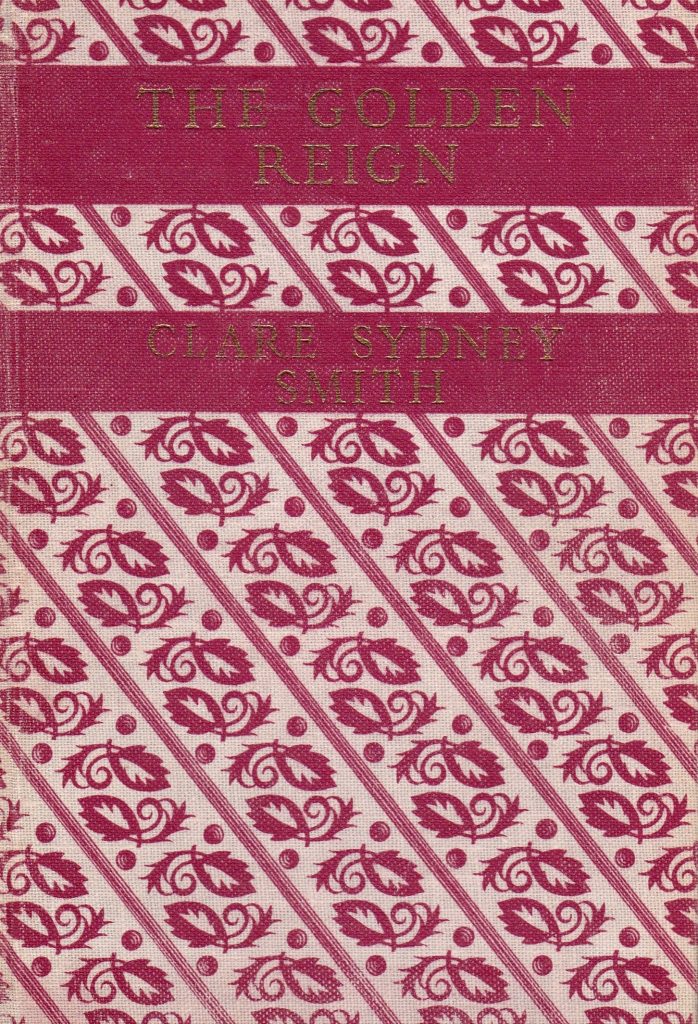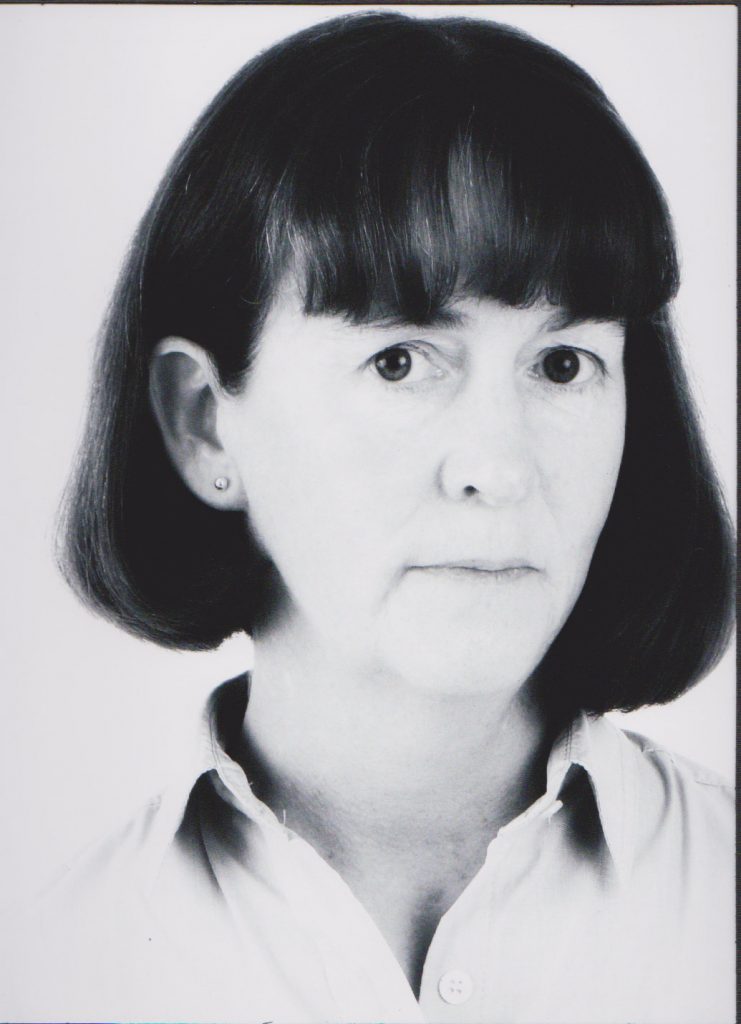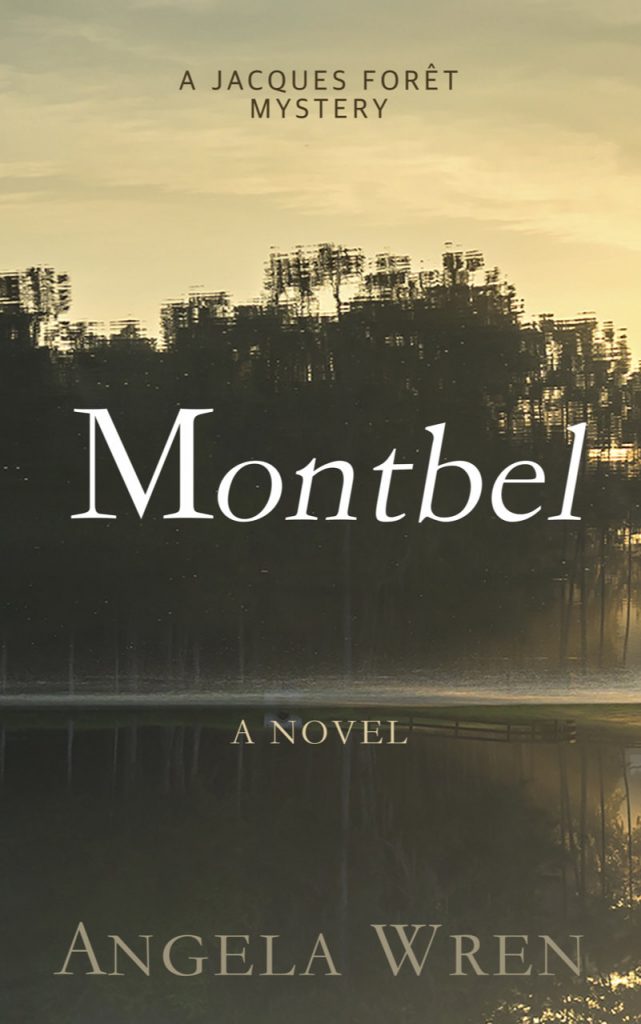After my last post about my jumbled approach to writing, I thought it might be a good idea to answer the question of why I write in the first place. This is a question authors often get asked – not just coming up with the ideas, but taking the time to write them down and fine tune them into full-length novels. For me the answer is quite simple, I write the books I want to read.
I’ve a very fertile imagination and I enjoy making things up. Writing novels channels that talent to lie and fabricate into something legal.
I’ve always been an avid reader and because I enjoyed reading, even at a very early age I realised it made sense to write my own books – my own versions of the stories I liked to read. One of my very early influences was the wonderful Joan Lingard. As a teenager growing up in the south of England in the 1970s I had little experience of the troubles in Northern Ireland, but I was soon scribbling down my own cheap imitations of the Kevin and Sadie series which continued into several notebooks.
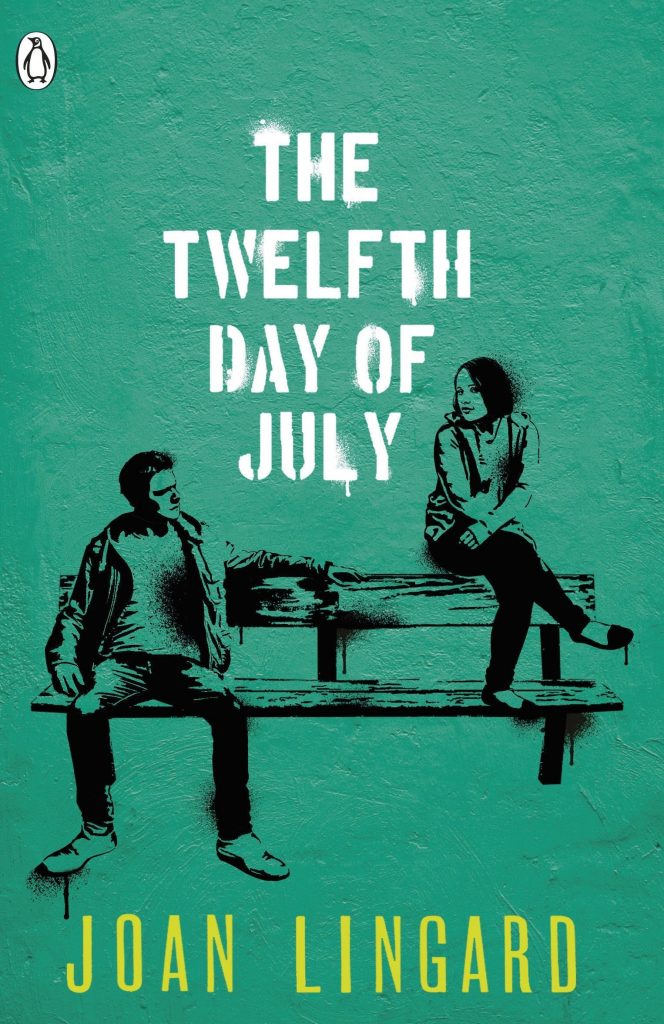
Who remembers the wonderful Jackie magazine, and its contemporaries My Guy? I made up my own versions of these too – everything from imaginary interviews with the pop stars of the day, to cover design and my own comic strip style illustrated stories. And everything of course suited my style and tastes – I had complete control over what the reader (ie me) saw.
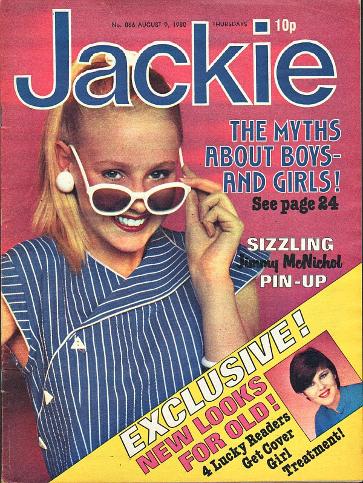
I soon moved onto a typewriter and even dared to submit a story to a teenage magazine. After receiving my first rejection (it wasn’t even a rejection it was sorry not for us but why don’t you try this magazine instead…) I ripped my story to shreds and vowed never to show my work to anyone else again. Who knows what might have been if I had followed that advice instead of resorting to typical teenage petulance?!
It was over a quarter of century later before I plucked up the courage to send my writing out into the wider world again in the form of my first blog about the exploits of a fairly sane (or at least I was at the beginning) British woman’s adventures in Los Angeles. And it’s still out there gathering dust in cyberspace!
https://lifeinthelabubble.blogspot.com
Encouraged by the pretty good response to my writing style I started submitting short stories to women’s magazines. By that time I’d hardened up – those early rejections were simply spurs to make my work better, not consign it to the bin.
I have come to realise that ‘writing the stories I want to read’ doesn’t necessarily mean commercial marketability. My favourite review of The Theatre of Dreams is the one that begins “Wonderful plot and refreshingly different”. A writer should have a unique voice and I want to give my readers something that surprises them – something that doesn’t necessarily go with the flow of expectations. The trouble is the publishing world does encourage readers to have ‘expectations’! I’ve realised my writing crosses several genres – mystery, romance, intrigue, humour – making it hard to pigeon hole and I fully appreciate it’s a concoction that won’t please everyone, (but I do wish more people would give it a try!) But one thing that has come out of reviews for both my books is the ability to tell a good story.
And that is why I write.


